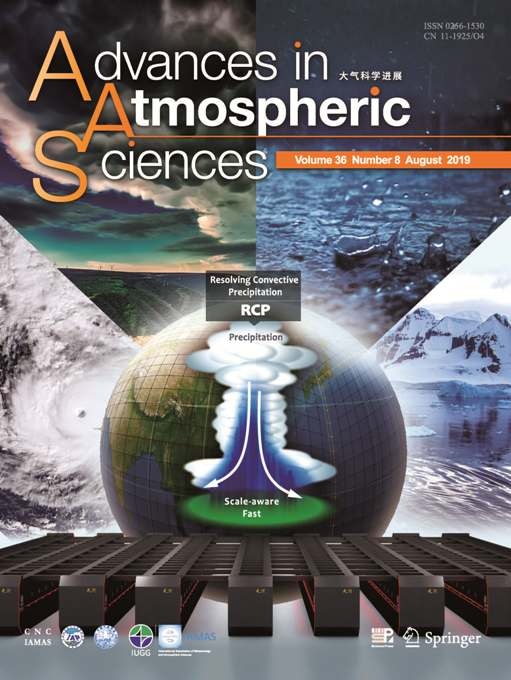Jul 18 2019
According to Dr Qing BAO, a researcher and corresponding author of a newly published study, numerical models are an important tool for climate researchers to get a better understanding of the past, present, and future climate change emerging in response to changes or from natural, unforced variability.
 (Image credit: AAS)
(Image credit: AAS)
Dr BAO works at the State Key Laboratory of Numerical Modeling for Atmospheric Sciences and Geophysical Fluid Dynamics (LASG), Institute of Atmospheric Physics (IAP), Chinese Academy of Sciences (CAS).
Climate changes, such as global warming, substantially influence human society in all aspects, and climate prediction is a constant hot topic in the climate science community. The Coupled Model Intercomparison Project [CMIP], organized under the auspices of the World Climate Research Programme’s Working Group on Coupled Modelling, uses state-of-the-art climate models to provide a physical evidence base for policymakers, such as the IPCC [Intergovernmental Panel on Climate Change].
Dr Qing BAO, Study Corresponding Author and Researcher, Institute of Atmospheric Physics Chinese Academy of Sciences
The development of the atmospheric model of CAS’ FGOALS-f3-L climate model is being handled by Dr Bao and his model team—a research team from LASG/IAP. The researchers have recently concluded the Atmospheric Model Intercomparison Project (AMIP) simulations in the sixth phase of CMIP and published their datasets of the Earth System Grid Federation (ESGF) nodes as a data description paper in the journal, Advances in Atmospheric Sciences.
Within the FGOALS-f3-L climate model—the new-generation atmospheric general circulation model (AGCM) of the Spectral Atmosphere Model of LASG (SAMIL)—the Finite-volume Atmospheric Model (FAMIL) has been settled for the CMIP6 experiments in 2017. The dynamical core and model physics parameterization scheme in this version have been considerably updated.
The latest model is quick in completing vast computing tasks and has the potential to overcome certain model biases associated with cloud microphysics and climate sensitivity from the previous version. The existing version demonstrates an excellent ability both in capturing large-scale patterns of surface temperature and climatological mean precipitation and also at reflecting intra-seasonal events like typhoons and Madden–Julian Oscillation (MJO), which posed a challenge for the CMIP5 models, informed the study’s first author Dr He.
Three ensemble simulations—after the design of the AMIP experiments—were performed over the 1979–2014 period, and these were enforced by monthly mean observed sea ice and sea surface temperature, as proposed by the CMIP6 projects. Containing a total of 37 variables, the model outputs include the needed six-hourly transient, three-hourly mean, monthly and daily mean datasets.
“Preliminary evaluation suggests that FGOALS-f3-L can capture the basic patterns of atmospheric circulation and precipitation well, and these datasets could contribute to the benchmark of current model behaviors for the desired continuity of CMIP,” Dr BAO explained. “Analysis of these datasets will also be helpful in understanding the sources of model biases and be of benefit to the development of climate forecast systems.”